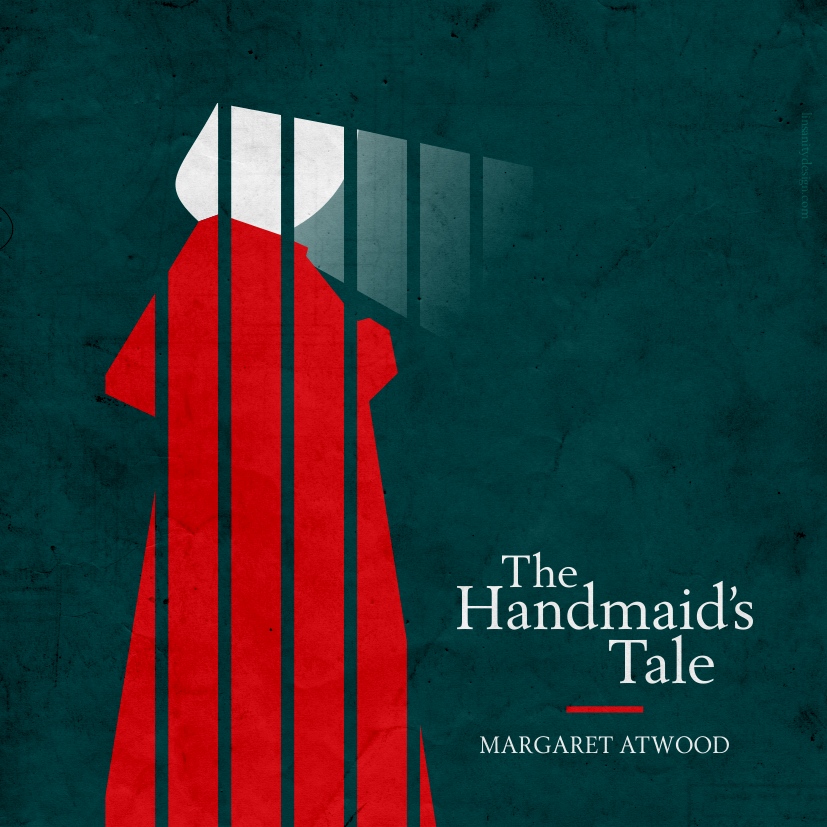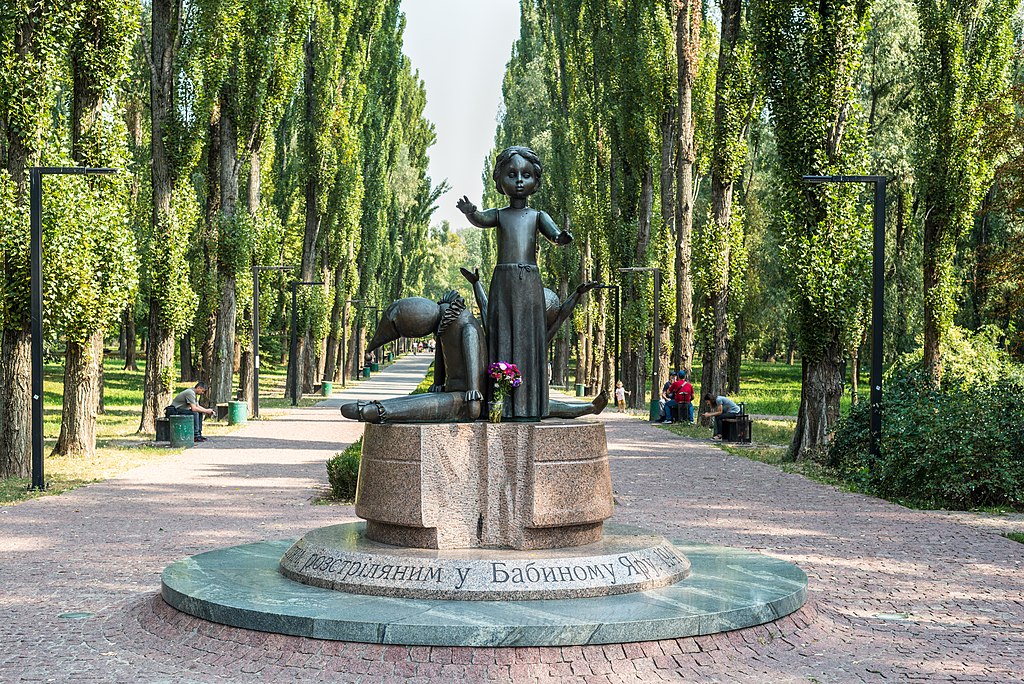Now that the missing report on last summer’s Kingsnorth climate camp has finally been published, it is becoming clear why Kent police were so keen to bury it. From the force’s perspective, the report is both revealing and embarrassing. But the story of how it was hidden for four months raises new questions about the ability and willingness of the Independent Police Complaints Commission (IPCC) to challenge the police.
I described in May how a report by the National Policing Improvement Agency (NPIA) about the controversial police tactics at the Kingsnorth demonstration had been airbrushed from history. After it was delivered, Kent police commissioned a new report from South Yorkshire police. Both the police and the Home Office answered enquiries about the first report by reference to the second one. For a while it looked as if the original report would remain buried, as I wrongly predicted last week, after Kent police told me that they were only publishing the second one. But — perhaps because of the publicity or perhaps under pressure from the Home Office — the force has now published both documents.
While both reports were strongly critical of Kent police, the NPIA report also contains evidence of a cover-up. The document’s properties show that it was last amended on 5 March. This suggests that Kent police already had the final version of the report when they refused to hand it to the IPCC, claiming that it was unfinished.
On 12 March, the Liberal Democrats published a report on Kingsnorth, produced by the Climate Camp legal team. Kent police then referred this to the IPCC, whose regional commissioner, Mike Franklin, and its regional director then met with Kent’s chief constable Michael Fuller to discuss it. According to the IPCC, Franklin was aware of the NPIA report and asked the police to bring it to the meeting. But, it says, “Kent police told the Commissioner that they had asked for additional work to be done on the report and that they would share it with him when it was complete”. Earlier this month, the IPCC told me that its position remained the same and that Franklin “expects to see the report when it is completed”.
Following their meeting, the IPCC and Kent police released near simultaneous statements stating that the issues in the Liberal Democrat report were mainly outside the IPCC’s jurisdiction and that it had been agreed that Kent police would ask the NPIA to look into the issues it raised. Neither organisation referred to the existing NPIA report. Despite knowing that the NPIA had already produced a report that he had not seen, Franklin declared that “the NPIA can play an important role in reviewing the operation”.
But Kent police’s press release on the same day provides evidence that the NPIA had already declined to carry out the new review. It stated that it had asked the NPIA to carry it out and that this would be undertaken by a senior officer from another force. Although Kent police continued to portray the new review as an NPIA process, the NPIA’s role amounted to little more than saying that someone else — South Yorkshire police — should do it. The published report merely states that it was commissioned by Kent police “in consultation with” the NPIA.
So it appears that Kent police misled the IPCC not only about the status of the original report but about the extent of the NPIA’s involvement in the new review. As Liberal Democrat Norman Baker said last week, the new review was actually the police investigating themselves. Baker has now called for the IPCC to carry out a new review.
A few days after declining to follow up the Liberal Democrat report, the IPCC was criticised for being too ready to accept the Metropolitan Police account of the circumstances surrounding the death of Ian Tomlinson at April’s G20 protests.
So what were Kent police trying to hide by suppressing the first report? It is a mixture of criticism and praise of the force’s handling of the protest. The criticism included comments from junior officers that “the senior command of the force did not fully engage in their understanding and realisation” of what such a huge operation involved. It was also revealed that the operation’s “Gold Commander”, Kent’s assistant chief constable Allyn Thomas, was not appropriately qualified for the role.
But, more significantly, the report was critical of Kent police’s use of stop and search powers at a time that the force was trying to fight off claim for a judicial review of this very issue. It notes that the “Silver Commander… made it clear that officers would use their power under Section 1 Police and Criminal Evidence Act to carry out any searching. This instruction was interpreted by officers that they were required to carry Section 1 searches on everyone.”
A member of the Climate Camp legal team has told me that these comments are very significant in the context of the judicial review and would have been at the time. They undermine in the force’s claim that the Section 1 powers were used not as a blanket policy but on the particular circumstances of 8,000 individual cases. The report itself comments that “this approach to search does raise issues surrounding the lawfulness of this practice”.
There is another significant revelation in the report, but one that says as much about the mindset of the NPIA as that of Kent police. One of the things that “went well” was that “the inclusion of a roads policing strategy as part of the overall policing plan delivered a very effective disruptive tactic towards protesters”. The revelation that the force sought to disrupt “protestors” is at odds with its claim that one of its main objectives was to facilitate lawful protest.
The report explains that police “very effectively deployed Automatic Number Plate Recognition (ANPR) Interceptor Teams along the strategic road network leading to the Camp which worked extremely well”. This seems to confirm fears that ANPR will be used to track and harass protestors. Climate Camp say that police harassment of drivers trying to get themselves, other demonstrators, food supplies and camping equipment to the protest reached unprecedented levels at Kingsnorth.
In defence of its comments, the NPIA has told me that it believes in people’s right to peaceful protest. It says: “ANPR is a valuable operational tool which gives police early warning of people who are likely to disrupt peaceful protests. It enables the police to redirect resources where they are most needed so that protests can pass off safely and peacefully for both the public and protestors.”
Three weeks after Kent police received the NPIA report, Thomas made the same distinction between peaceful protestors and those with criminal intent, acknowledging that “most of those attending were clearly well intentioned and law abiding”. But both reports show that the police largely failed to make such a distinction. As the South Yorkshire police report said of the blanket use of stop and search powers, the “post event reality” was different from the theory. All protestors were subject to intrusive search, harassment and disruptive tactics. Whether by accident or design, sometimes those most likely to disrupt peaceful protest are the police themselves.




